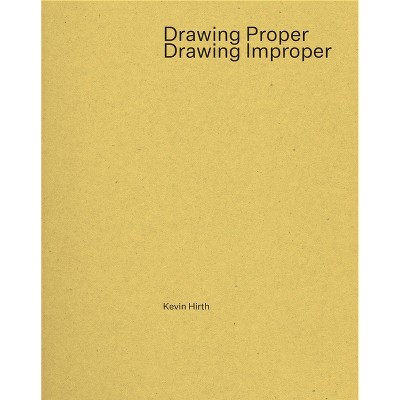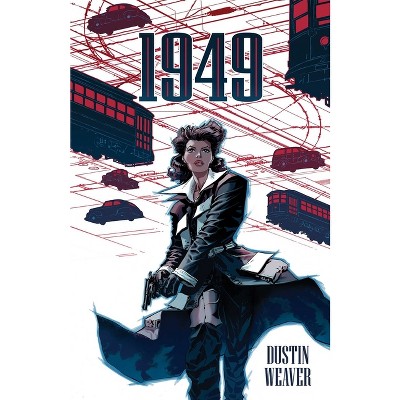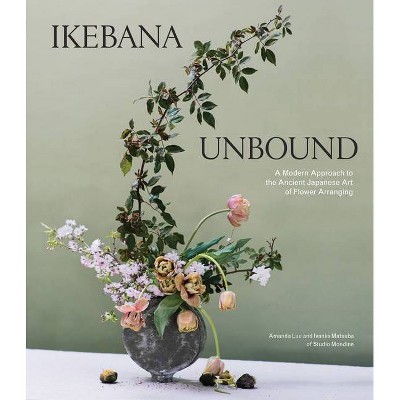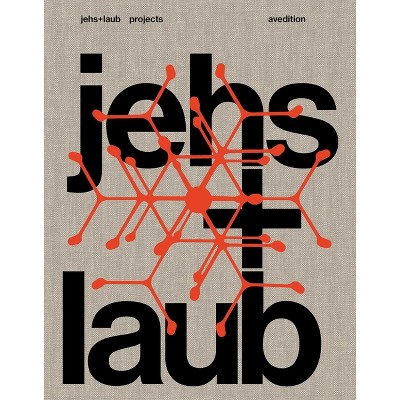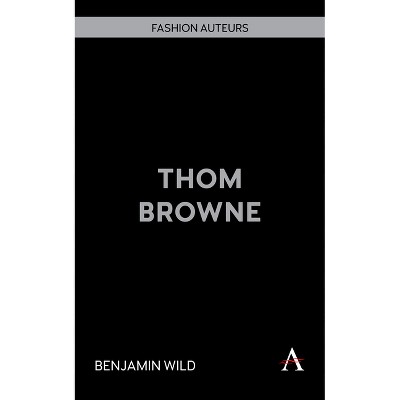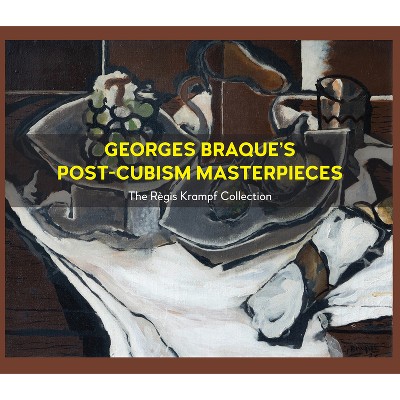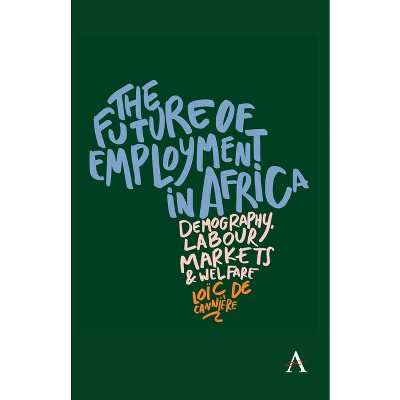Sponsored

Ray Petri - (Fashion Auteurs) by Georgina Ripley
Pre-order
Sponsored
About this item
Highlights
- Explores how Ray Petri and the Buffalo collective revolutionized fashion photography in the 1980s by blending subcultural style, radical diversity, and gender politics to create a new cultural template still influential today Scottish-born, visionary stylist Ray Petri (1948-1989) defined the look and feel of radical 1980s magazines such as The Face, i-D, and Arena.
- About the Author: Georgina Ripley is Head of Modern and Contemporary Design and Principal Curator of fashion post-1850 at National Museums Scotland.
- 150 Pages
- Art, Fashion & Accessories
- Series Name: Fashion Auteurs
Description
About the Book
Scottish-born stylist Ray Petri (1948-1989), founder of the Buffalo collective, defined the look of radical 1980s magazines The Face, i-D, and Arena. This book traces how Petri's radical casting, genderplay, and iconography of homoeroticism boldly politicized the relationship between fashion and identity, creating a new template for modern fashion photography.
Book Synopsis
Explores how Ray Petri and the Buffalo collective revolutionized fashion photography in the 1980s by blending subcultural style, radical diversity, and gender politics to create a new cultural template still influential today
Scottish-born, visionary stylist Ray Petri (1948-1989) defined the look and feel of radical 1980s magazines such as The Face, i-D, and Arena. Founder of the maverick Buffalo collective, Petri styled kilts with MA-1 flight jackets and Armani suits with Dr. Martens boots to create genre-defying looks that shook up London's subcultural scene from grassroots to high fashion. Harnessing the power of street style, sportswear, club culture, new wave, and dandyism, Petri's vision took the sartorial vocabulary of the perpetually displaced into the mainstream. His radical casting of Black and multiracial models, styling of men in skirts, and women cast as men was a retort to the prevailing aesthetic in contemporary fashion. Moreover, it marked a culturally reflexive, implicitly political approach to the relationship between fashion and identity. Challenging the policing of masculinity and sexuality in particular, Petri's imagery boldly toyed with the iconography of homoeroticism, against the backdrop of gay rights activism and the AIDS crisis. The eclectic Buffalo circle included fellow stylist Mitzi Lorenz; photographers Jamie Morgan, Mark Lebon and Jean-Baptiste Mondino; model-muses Nick and Barry Kamen and a young Naomi Campbell; and musicians such as Neneh Cherry. Shaped by Petri, the Buffalo attitude is intrinsic to style culture today having since inspired legions of photographers, stylists, and designers from Kim Jones to Ibrahim Kamara, Martine Rose, and Grace Wales Bonner. The spirit of Buffalo lives on in the countercultural references, cultural diversity, and post-gender conversation that underlies the most powerful of contemporary fashion imagery. This book traces how Ray Petri and Buffalo created the template for modern fashion photography by advocating not simply for a new aesthetic but for a new cultural order.
About the Author
Georgina Ripley is Head of Modern and Contemporary Design and Principal Curator of fashion post-1850 at National Museums Scotland. She has published widely on issues of representation in both the contemporary fashion industry and the museum display.
Shipping details
Return details
Trending Non-Fiction



